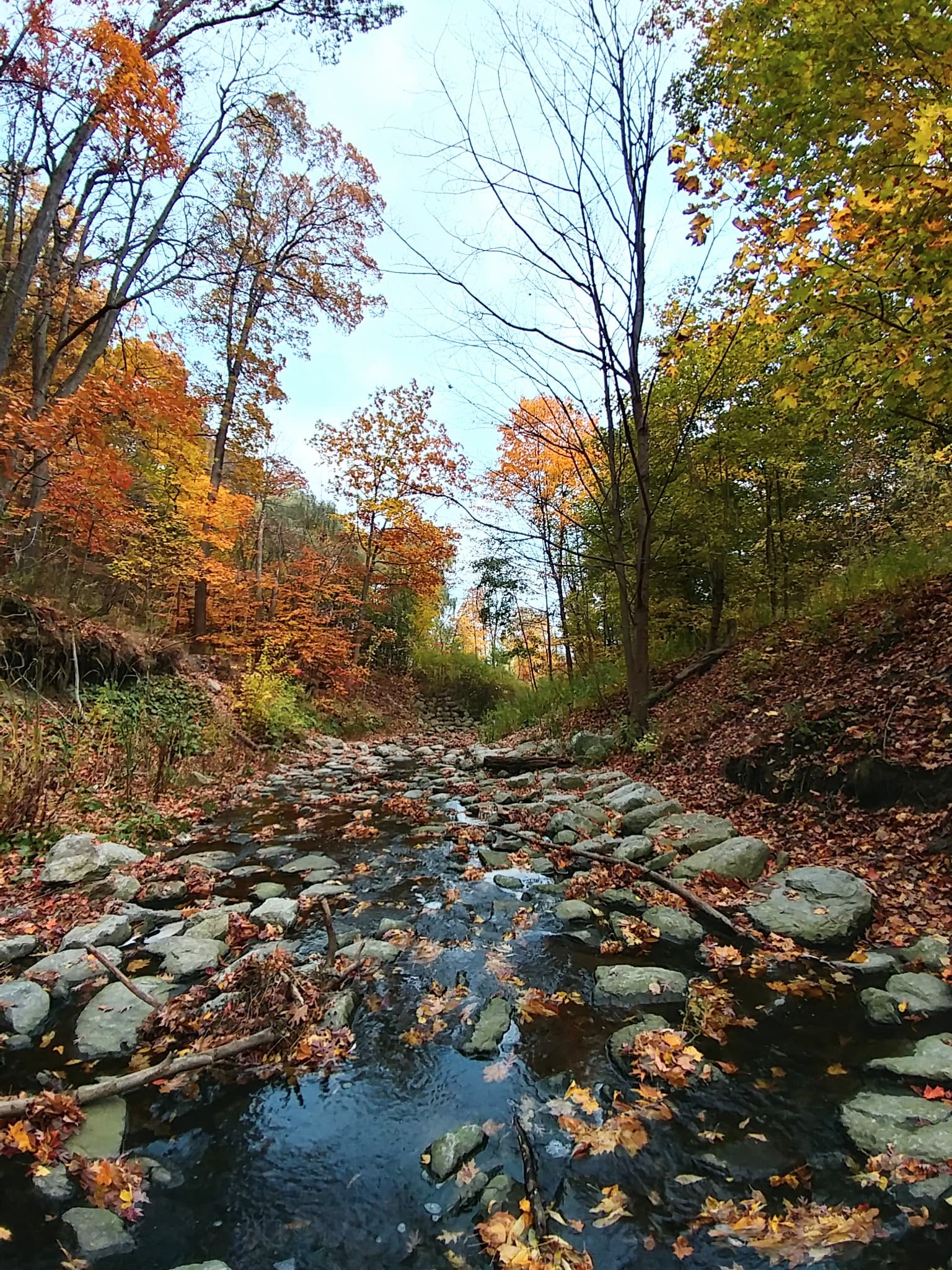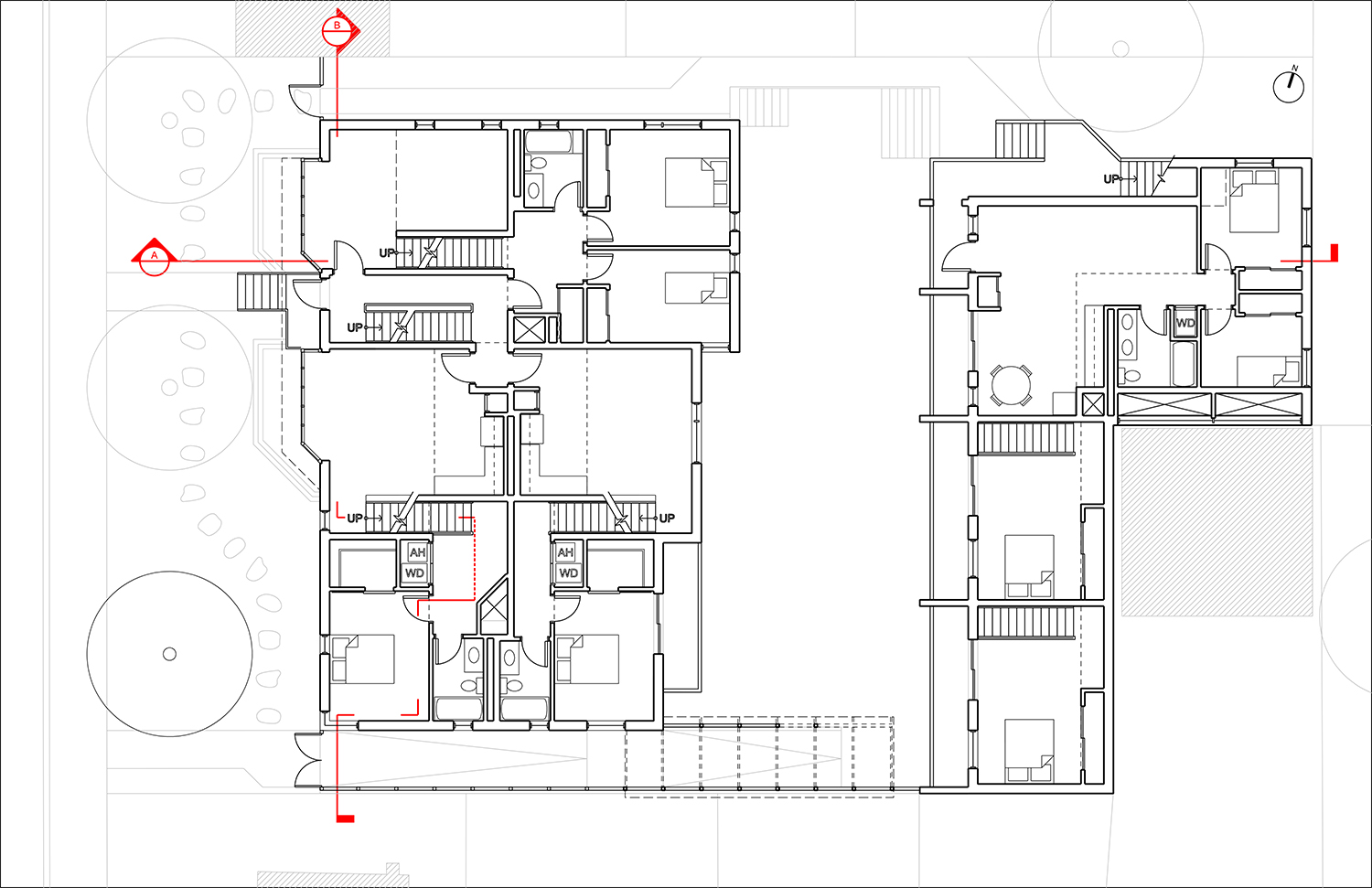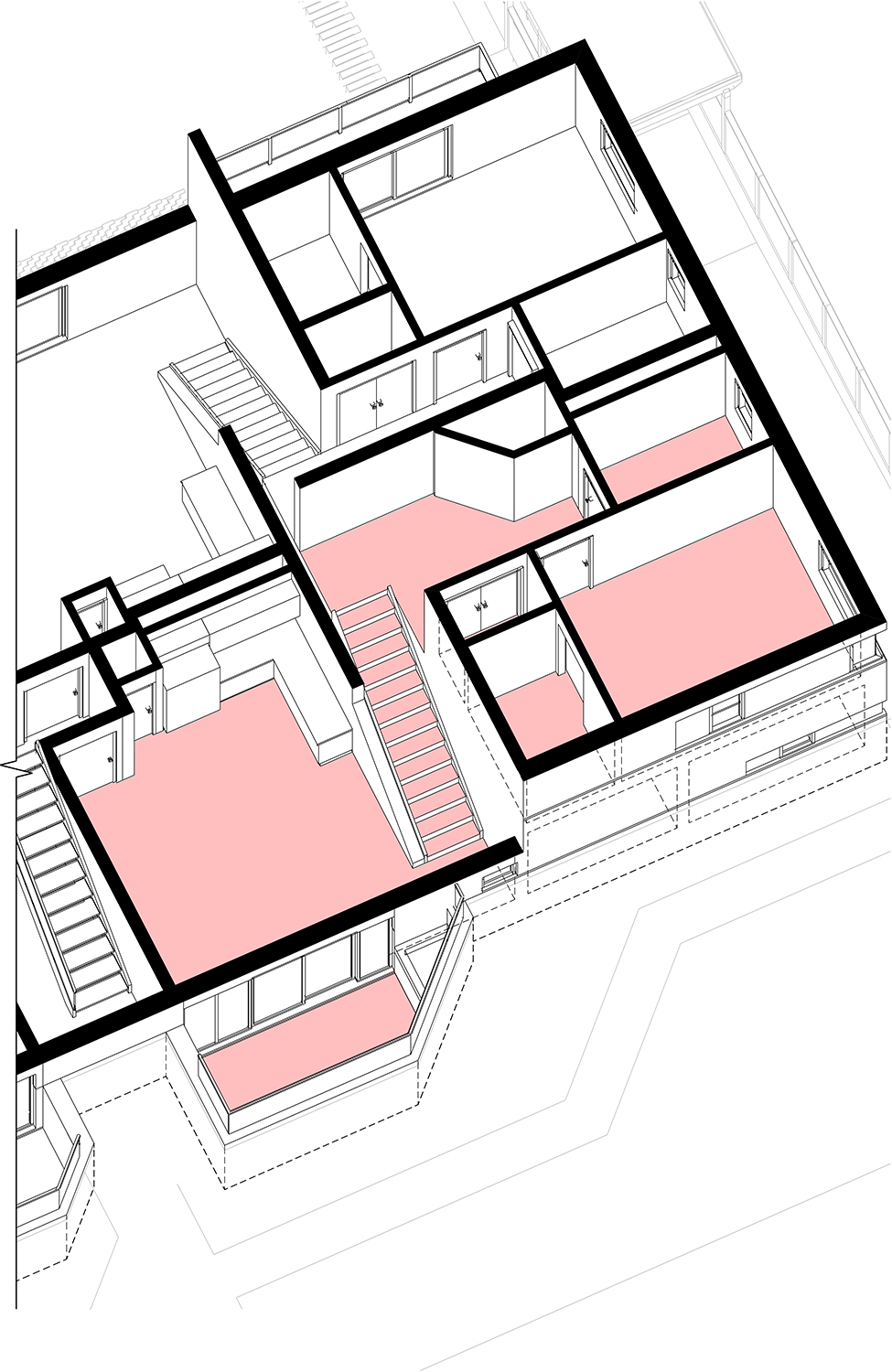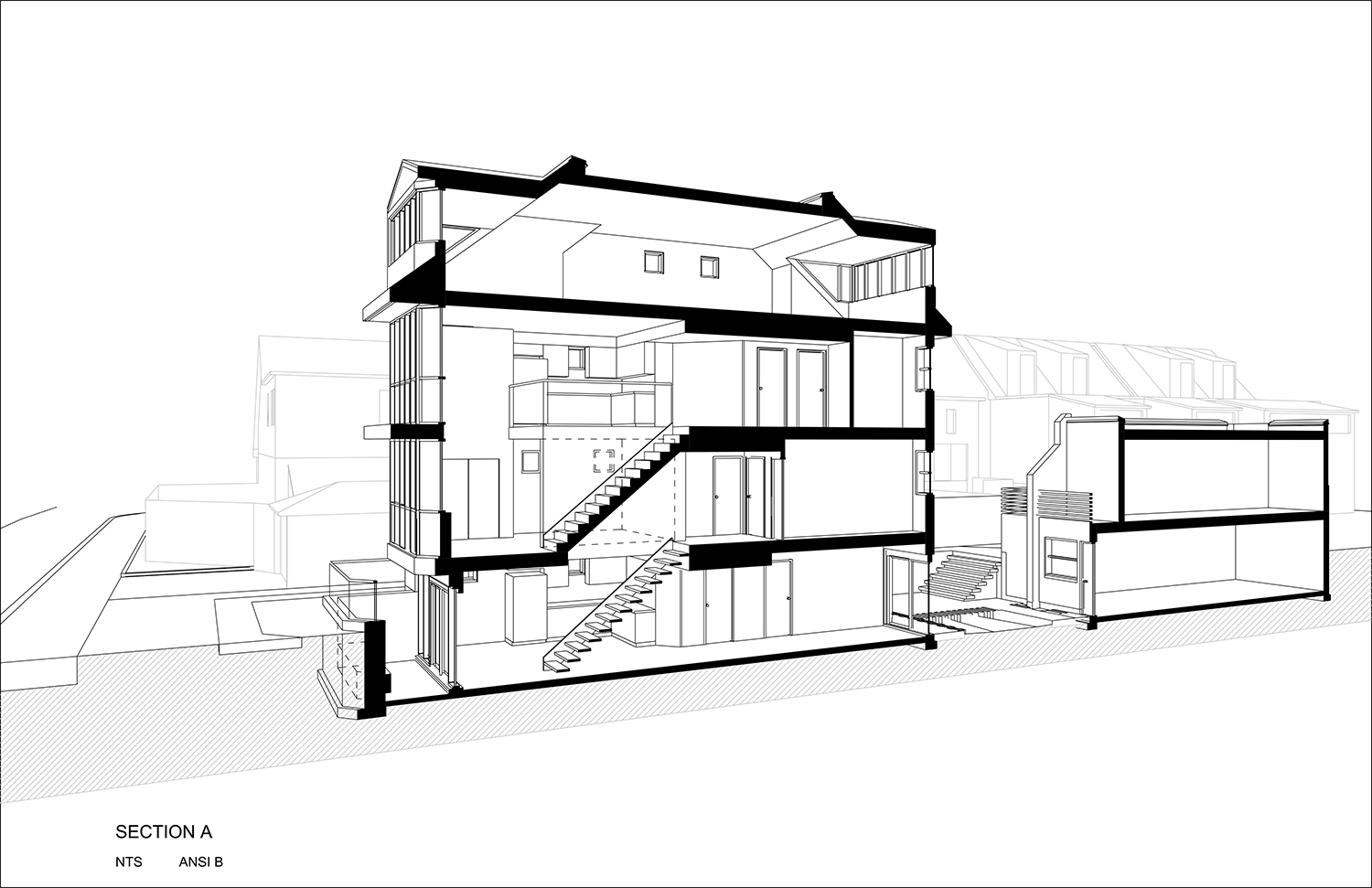NICHOLAS BOYCHUK, MArch
Reading Urbanity
Articulating Toronto Regionalism
Critical regionalism reinterprets local characteristics and meanings by drawing upon a global wealth of technology and architectural design knowledge. It aims for both the maintenance and growth of a region by embodying and responding to the region’s unique qualities and needs in built form. Defining the character of a region is never simple. It is especially difficult for complex urban centres like Toronto. To this end, analysis is undertaken of historic and contemporary states: of the growth of the city across its topography, of the characteristics of local flora, of seasonal cycles, of the effects of zoning bylaws, and of the many architectural styles which contribute to the built fabric of the region. An architectural response builds upon these understandings. A residential design responds to the regional need for neighborhoods to grow and densify to provide more housing, while remaining sensitive to their existing scale and character. Relatively dense apartment units are tailored to the context using spatial, material, and symbolic regional references. Landscaping references the region’s unique ravine network through its form and ability to manage stormwater. The selection of flora provides habitat for pollinators and local fauna, addressing the compromised state of the region’s ecology.
Reading Urbanity
Articulating Toronto Regionalism
Critical regionalism reinterprets local characteristics and meanings by drawing upon a global wealth of technology and architectural design knowledge. It aims for both the maintenance and growth of a region by embodying and responding to the region’s unique qualities and needs in built form. Defining the character of a region is never simple. It is especially difficult for complex urban centres like Toronto. To this end, analysis is undertaken of historic and contemporary states: of the growth of the city across its topography, of the characteristics of local flora, of seasonal cycles, of the effects of zoning bylaws, and of the many architectural styles which contribute to the built fabric of the region. An architectural response builds upon these understandings. A residential design responds to the regional need for neighborhoods to grow and densify to provide more housing, while remaining sensitive to their existing scale and character. Relatively dense apartment units are tailored to the context using spatial, material, and symbolic regional references. Landscaping references the region’s unique ravine network through its form and ability to manage stormwater. The selection of flora provides habitat for pollinators and local fauna, addressing the compromised state of the region’s ecology.













